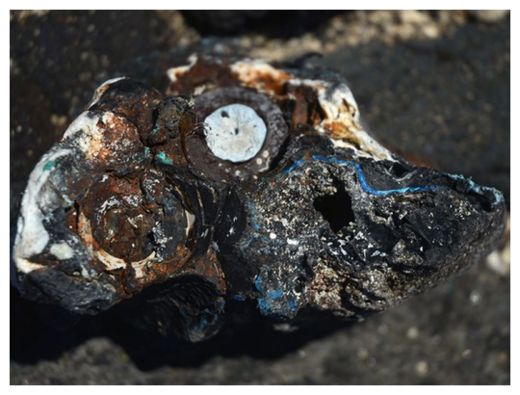
© Patricia CorcoranLeft behind. A sample of plastiglomerate, collected on Kamilo Beach in Hawaii.
Plastic may be with us a lot longer than we thought. In addition to clogging up landfills and
becoming trapped in Arctic ice, some of it is turning into stone. Scientists say a new type of rock cobbled together from plastic, volcanic rock, beach sand, seashells, and corals has begun forming on the shores of Hawaii.
"The article is intriguing and fascinating," says geophysicist Douglas Jerolmack of the University of Pennsylvania, who was not involved in the work. "If these things can be preserved, then they might be a nice marker around the world of when humans came to dominate the globe and leave behind their refuse in mass quantities."
Geologist Patricia Corcoran of the University of Western Ontario in London, Canada, and Charles Moore, captain of the oceanographic research vessel
Alguita, stumbled upon the new rocks on a beach on the Big Island of Hawaii.
These stones, which they've dubbed "plastiglomerates,"
most likely formed from melting plastic in fires lit by humans who were camping or fishing, the team reports this month in
GSA Today. Although anywhere there is a heat source, such as forest fires or lava flows, and "abundant plastic debris," Corcoran says, "there is the potential for the formation of plastiglomerate." When the plastic melts, it cements rock fragments, sand, and shell debris together, or the plastic can flow into larger rocks and fill in cracks and bubbles to form a kind of junkyard Frankenstein.
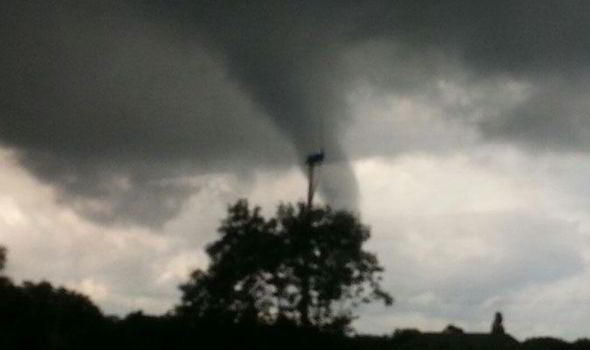

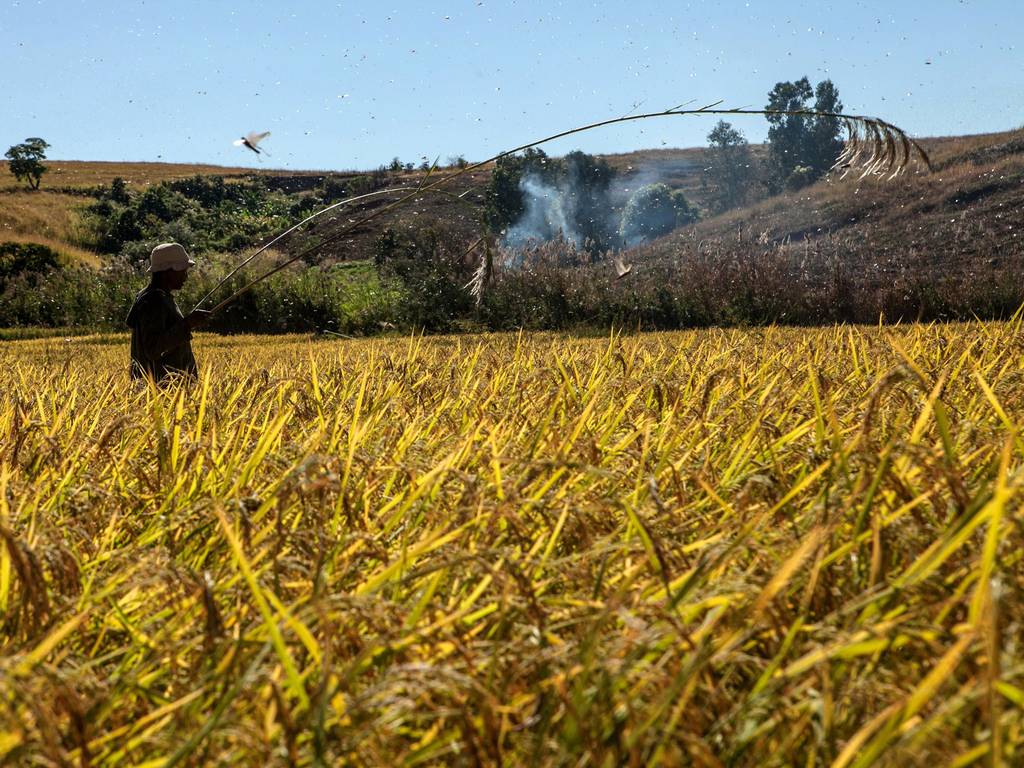
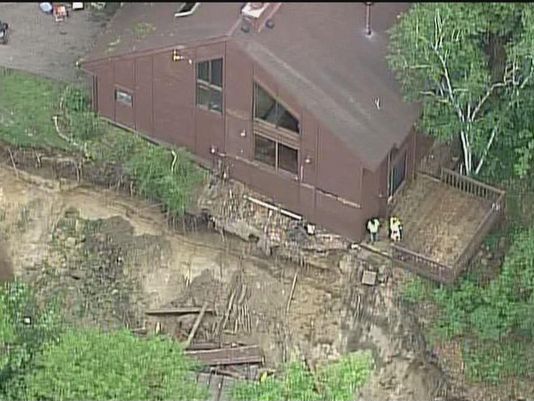
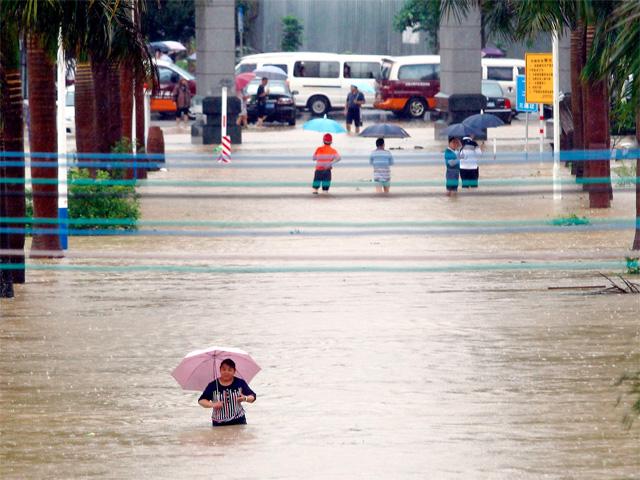
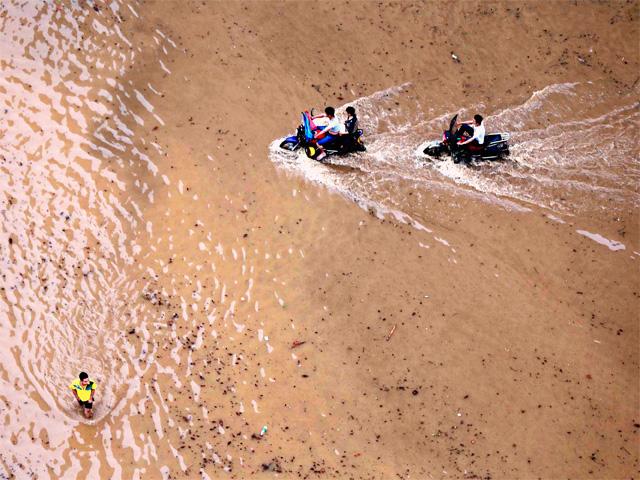

Comment: The last couple of months has seen a notable rise in reported volcanic activity across the planet -